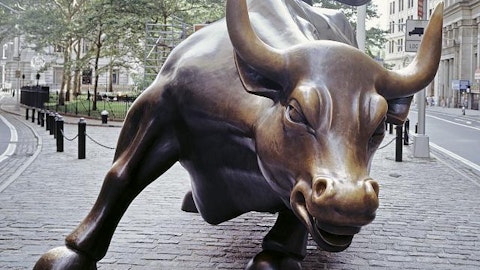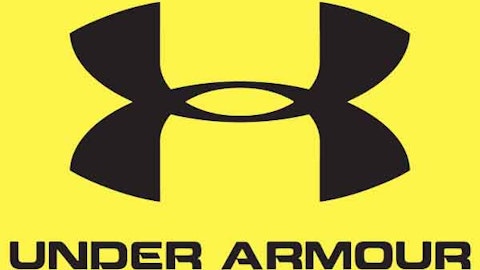Key Risks
Just like many other consumer-focused companies, VFC’s business can unpredictably move around any given quarter depending on consumer spending trends, weather (e.g. many of VFC’s outdoor products don’t sell as well during unseasonably warm winters), raw material costs (e.g. denim), and inventory management issues.
While any of these factors could persist for several months of even a few quarters, we don’t believe they have any bearing on VFC’s long-term outlook. If anything, they are buying opportunities.
What would concern us? As consumers, we know that our tastes and preferences are constantly evolving – especially when it comes to fashion.
VFC’s business is heavily dependent on a small handful of brands. In fact, its top five brands account for over two-thirds of its sales. Each of these brands has thousands of different product designs and colors, but there is some risk that VFC’s most profitable brands become less relevant with consumers over the coming years and struggle to grow off of such a large revenue base.
For now, there is no evidence that this is happening. VFC’s North Face and Vans brands (its #1 and #2 largest brands) grew by 11% and 10%, respectively, during the third quarter of 2015. Timberland was also up 21%. For the full fiscal year, management expects the company’s top five brands to have a 10% increase in sales.
The company is also concentrated in the outdoor, action sports, and jeanswear apparel categories (80% of total revenue). While these are certainly clothing mainstays, consumer preferences could still evolve within these categories and favor new brands or styles that emerge. Once again, we don’t see any cracks in VFC’s armor today – these segments are on pace to grow about 10% in 2015.
If VFC’s brands did start to lose their luster with customers, it’s possible that some of the company’s retail customers could allocate VFC’s shelf space to a competitor. VFC’s largest customer was 8% of its sales last year, and its 10 largest customers generated about 20% of VFC’s sales. Obviously, losing a retailer would hurt results.
Some retailers are pursuing vertical integration business strategies (i.e. they make their own apparel or buy direct) in an effort to save costs and improve profitability by consolidating their supply chains. Wholesale suppliers with weaker differentiation will likely face more price pressure, but we don’t expect this potential trend to have much of an impact on VFC because of its strong brands. Still, it’s something to be aware of and is a reminder of the industry’s competitiveness.
Overall, VFC’s future competitiveness seems like it will depend on the company’s ability to stay in front of changing consumer tastes, which influence product design, marketing, and so much more. We would feel a little more comfortable if VFC had greater brand and product category diversification, but VFC’s existing brands have shown remarkable durability over many decades of time. Risk is also mitigated somewhat by management’s ability to grow or acquire new brands and plug them into the company’s existing distribution network.
Dividend Analysis
We analyze 25+ years of dividend data and 10+ years of fundamental data to understand the safety and growth prospects of a dividend. VFC’s long-term dividend and fundamental data charts can all be seen by clicking here.
Dividend Safety Score
Our Safety Score answers the question, “Is the current dividend payment safe?” We look at factors such as current and historical EPS and FCF payout ratios, debt levels, free cash flow generation, industry cyclicality, ROIC trends, and more. Scores of 50 are average, 75 or higher is very good, and 25 or lower is considered weak.
VFC’s dividend is extremely safe with an excellent Safety Score of 75. Over the last four quarters, VFC’s dividend has consumed 55% of its earnings and 79% of its free cash flow. As seen below, the company’s payout ratio has historically stayed in the 30-40% range most of the last decade. Management targets a 40% payout ratio, so this comes as no surprise. The company’s payout ratio is very healthy, providing plenty of cushion and room for dividend growth.

Source: Simply Safe Dividends

Source: Simply Safe Dividends




